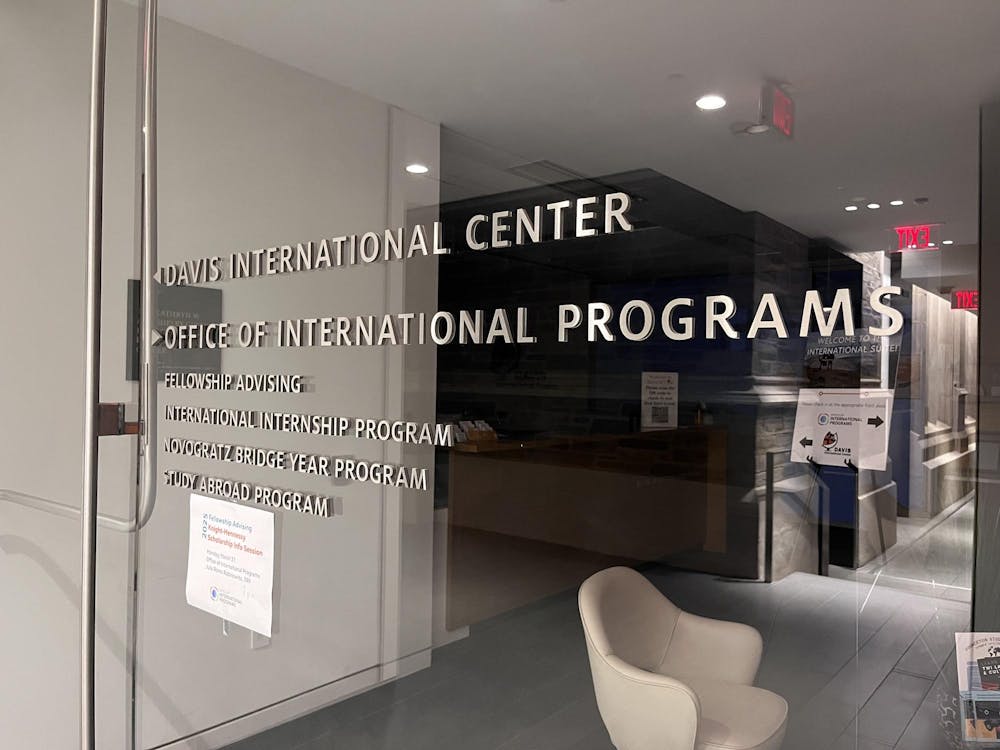HashCache, created by a team of researchers headed by computer science professor Vivek Pai, features a new data-caching system that stores information more efficiently than current methods. By making internet access more affordable, HashCache has the potential to expand web use in developing regions around the world.
“The whole point of HashCache is that it can be deployed in a very low-cost box,” Pai explained. The development team includes Anirudh Badam GS, computer science department chair Larry Peterson, computer science researcher Marc Fiuczynski and University of Pittsburgh professor Kyoung Soo Park GS ’07.
Technology systems currently require large amounts of hard drive space to hold and process data received from the internet. These data are then indexed by random access memory (RAM), allowing them to be stored on the hard drive.
This process is an expensive one, however, for while hard disk space is growing more affordable, RAM is costly, even in industrialized countries. Individuals in developing nations may not have the money to invest in the high-bandwidth system, even if it is available.
Because of its affordability, HashCache presents new opportunities for poorer regions to gain internet access. Instead of relying heavily on RAM, HashCache stores information from frequently visited web sites on a local hard drive so the data can be accessed directly. This system significantly increases the efficiency of internet data transfer, which can reduce the cost of maintaining a one-terabyte hard drive tenfold, Pei said.
HashCache is “flexible,” Badam noted. “We can implement it in cell phones, laptops or nearly any other hardware.”
Commercialization is a consideration for the group, Pai noted, but the main goal is to release HashCache for practical and widespread use. Some plans even involve making the system free for nonprofit organizations and schools in developing countries that already have technology support.
The nature of the project, though, required researchers to adopt an innovative outlook, Peterson said.

“The problems we face in the developing world are very challenging [from] the technical point of view,” he explained, adding that “approaches we take for granted in the developed world just don’t apply.”
To create HashCache, researchers tried to capitalize on their previous experience with technology in industrialized countries, Fiuczynski said. “Most of our [previous]work has been on high speed networks and improving web access in the industrialized world,” he said. The next stage of the project focused on making familiar technologies cost-effective for developing third-world countries.
“We recently started working with Intel, which is very keen on making technology affordable in developing regions,” Peterson added.
“I’m happy about the reception [of HashCache],” Pai said, adding that the acclaim the team has garnered provides evidence that the rift between high-end science and low-cost engineering is not as wide as it seems.

Testing of the new caching system is currently underway at two deployment sites at the Kokrobitey Institute in Ghana and Obafemi Awolowo University in Nigeria. “The deployments have given us positive feedback,” Fiuczynski said. The team also has ambitions to expand to other countries, he noted, adding that the team “would like to broaden the field.”
The University team will continue to explore ways to provide greater efficiency in web usage, including a planned project for systems that monitor people’s behavior to reduce slow connection speeds.







